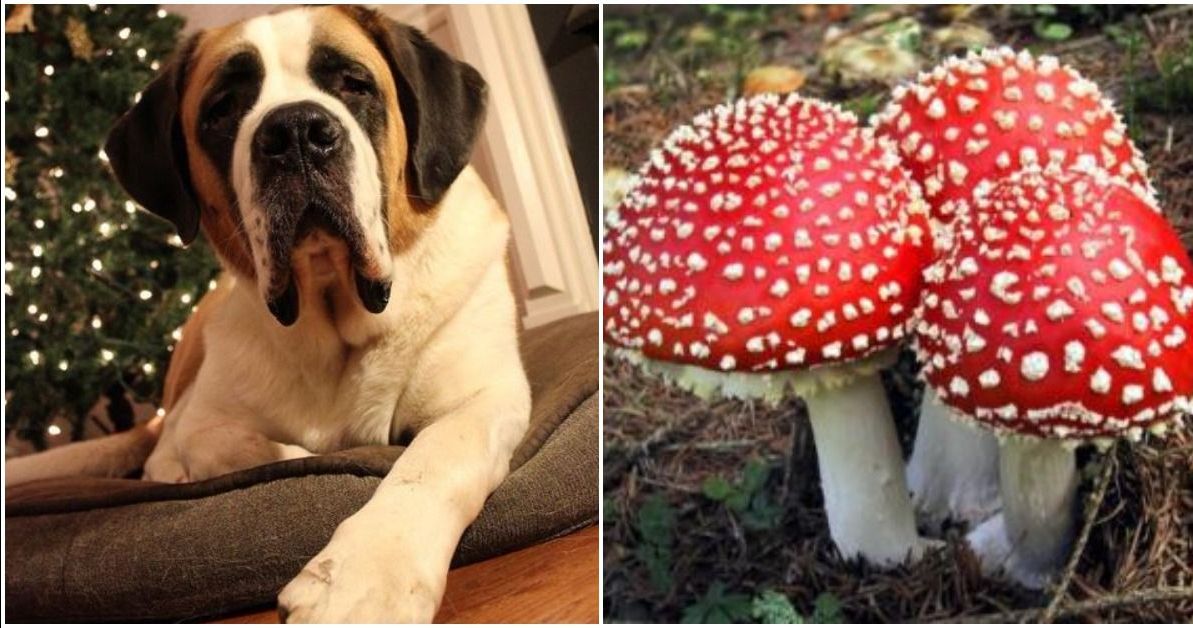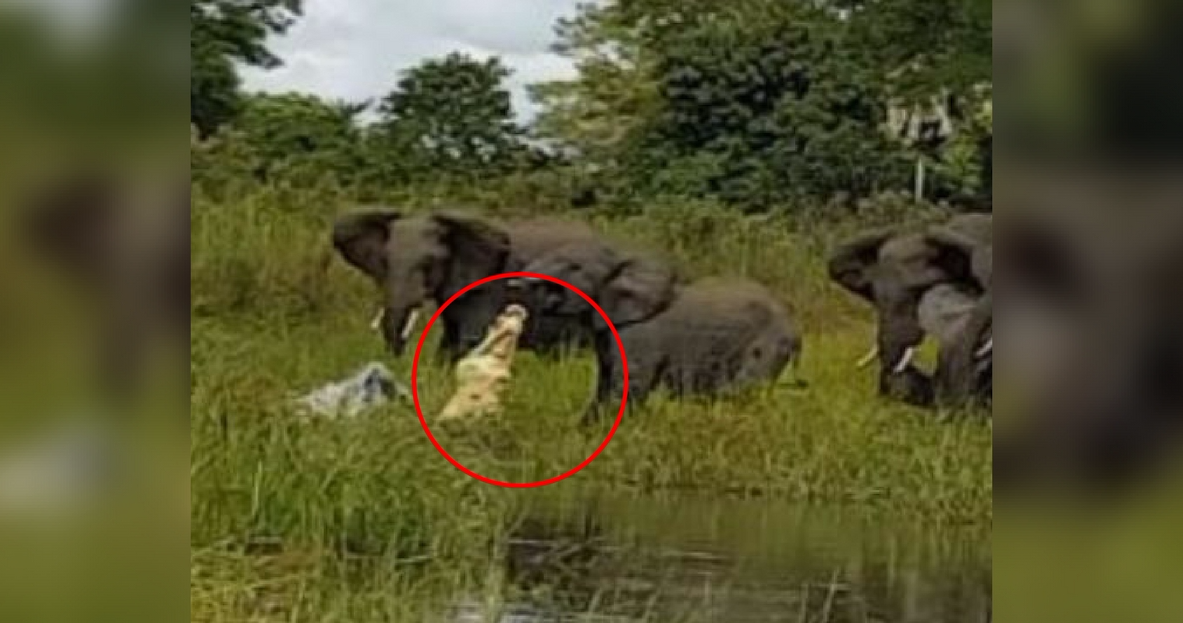My pets mean everything to me, but I'll admit I can get a little overprotective.
Of course, dogs being dogs, they love to chew on anything they find on the sidewalk, and it's a daily struggle to keep litter out of their mouths.
Despite all of my worrying, both my pets are happy and healthy. But that can change in an instant, and dog owner Janna Joyner's tragic story proves that.
A Pet Owner's Worst Nightmare
Joyner is a model dog owner, a foster owner for a "pack" of six animals, including some with medical conditions.
But even she was taken by surprise one day, coming home to find two of her pets were dying while four others were stumbling around and vomiting.

Drago, a St. Bernard, and Adoni, a lab-retriever mix, were both rushed to the vet but could not be rescued.
Blood tests revealed that Joyner's dogs had eating Amanita mushrooms, and were poisoned by a toxic substance inside the plants.
Death Caps
Species of the Amanita mushroom variety are called Death Caps or Death Angels, because the toxins inside them do fatal damage to a person or animal's liver.

A perfectly healthy animal can die less than 48 hours after eating wild mushrooms.
The mushrooms in Joyner's backyard were buried under mulch, so even she had no idea they were there until it was too late to do anything.
She's sharing her heartbreaking story to warn other pet owners about the dangers of these mushrooms.
But there are many kinds of mushrooms that are dangerous for pets. We'll teach you how to spot them.
Disposing of mushrooms
Before we show you the most common types of poison mushrooms, it's important to learn how to dispose of them safely.
- Keep gloves on while trimming any mushrooms.
- Collect everything you trim in a plastic bag and seal it.
- Then dispose of the bag.
- Be sure to wash your hands once you've disposed of the mushrooms.
If a pet eats any wild mushrooms, treat it as a medical emergency and have a vet examine them right away.
Symptoms of mushroom poisoning

Different species of mushrooms have different effects on a dog's body, but most damage the animal's liver or stomach.
The most common signs of mushroom poisoning include:
- Vomiting
- Diarrhea
- Lethargy and weakness
- Yellow skin (jaundice)
- Excessive drooling
- Seizures
Death Caps

These slim mushrooms with wide caps are common throughout America, especially in regions with oak, chestnut, and pine trees.
Just half of one mushroom is poisonous enough to kill an adult man, so be careful when handling them.
The caps flower in summer and autumn, but can appear in a variety of colors.
Angel of Death

The mushrooms are in the same Amanita family as Death Caps, and look very similar.
They usually spread around oak trees and bloom in spring.
Fly Agaric

Known for their famous bright red caps and white spots, these mushrooms are not picky about where they grow and spread among all types of trees.
Elf's Saddle

This is the name given to a variety of mushroom with curved, saddle-shaped heads.
While not all species of saddle mushrooms are deadly, variety in the mushroom's color and shape mean you shouldn't take a chance by leaving these in your yard.
Lepiota

These mushrooms are known for growing out of the ground with a "scaly" cap, and sometimes a brown spot in the middle.
There are hundreds of varieties but most are not safe to eat.
Galerina

You can spot these small mushrooms by their brown color and thin stems. They mainly grow on sources of wood, like fallen trees.
Dogs who eat galerina mushrooms will sometimes "improve" after a few days. But don't be fooled: the mushroom's toxins are still damaging the dog's liver and kidneys.
Amanita Gemmata

The "jeweled" death cap is yellow or gold, with white warts and a sticky texture.
It blooms in the summer and fall.
Other Toxic Plants
To be safe, veterinarians recommend trimming any and all mushrooms that sprout in your yard, or outdoor spaces where your dogs play.
But there are many other common plants that are unsafe for pets:
- Tulips and hyacinths
- Azaleas
- Lilies
- Oleander
- Daffodils
- Lily of the Valley (which is unsafe for people too)
Let's make sure all dog owners know what to look for!

